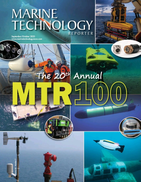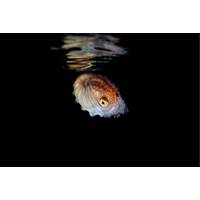
There’s Plenty More “Fish” in the Sea
at Marine Technology News...One of the earliest documented examples of biomimicry is attributed to Leonardo da Vinci when he studied fish to help conceptualize a submarine.The latest case of studying fish for subsea machines is described this week in Marine Technology News. A team of researchers from North Carolina State University beat their own record for the fastest swimming soft robot, drawing inspiration from manta rays to improve their ability to control the robot’s movement in the water.But, there’s plenty more “fish” in the sea that have inspired subsea robotics, including:Scienti
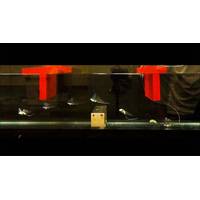
Watch: Soft Robot Swims Like Manta Ray
A team of researchers from North Carolina State University has beaten its own record for the fastest swimming soft robot, drawing inspiration from manta rays to improve their ability to control the robot’s movement in the water.“Two years ago, we demonstrated an aquatic soft robot that was able to reach average speeds of 3.74 body lengths per second,” says Jie Yin, corresponding author of a paper on the work. “We have improved on that design. Our new soft robot is more energy efficient and reaches a speed of 6.8 body lengths per second. In addition, the previous model could
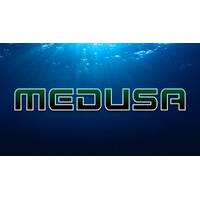
General Dynamics Mission Systems to Develop Clandestine Mine Delivery System
prototype production and support that, if exercised, would bring the total value of the contract to $58.1 million. Design work on this contract will be performed in Quincy and Taunton, Massachusetts; Fairfax and Manassas, Virginia; Scottsdale, Arizona; Middletown, Rhode Island and Greensboro, North Carolina and is expected to be completed by September 2026.“The critical operational need for advanced mine warfare assets like MEDUSA has increased dramatically,” said Dr. Laura Hooks, vice president and general manager of the Maritime and Strategic Systems business at General Dynamics Mission

Unlocking Ocean Power: $3.6M for Community-centric Wave Energy Converters
millions of homes, but to make a splash in the industry, the tech must balance engineering, socio-economic and environmental trade-offs.Coastal communities are partnering with a multidisciplinary research team to determine the best way to harvest wave energy at Beaver Island, Michigan, and Nags Head, North Carolina.The project is led by the University of Michigan, supported with $3.6 million from the National Science Foundation. It brings together researchers from five different institutions to help provide renewable energy that addresses the needs and concerns of coastal and island communities and identifies
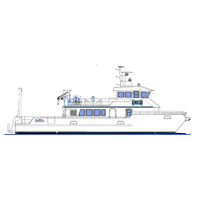
University of North Carolina Wilmington Orders Research Vessel from All American Marine
Bellingham, Wash. shipbuilder All American Marine (AAM) announced it has been awarded a contract to build a 73-foot research vessel for the University of North Carolina Wilmington (UNCW). The vessel will operate as a multipurpose research platform capable of conducting a wide range of scientific missions, including oceanographic surveys, biological studies and educational outreach programs along the Mid-Atlantic, U.S. East Coast and offshore waters.The 73’ x 26.7’ aluminum catamaran, designed by Teknicraft Design in Auckland, New Zealand, incorporates a hydrofoil-assisted hull, ensuring
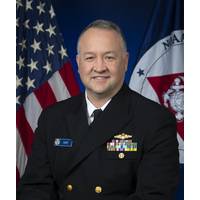
Chad Cary to Lead NOAA Corps and Office of Marine and Aviation Operations
would also like to thank my predecessor, Vice Admiral (select) Nancy Hann, for her vision, courageous leadership and service to the nation.”Cary was born and raised in Alaska. He earned a bachelor’s degree in environmental science with an emphasis in marine sciences from the University of North Carolina at Chapel Hill before joining the NOAA Corps in 2001. He also holds a master’s degree in geography from Portland State University and a graduate certificate in legislative studies from Georgetown University
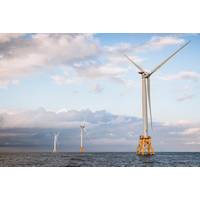
Underwater Power Grids Could Revolutionize How the US East Coast Gets Its Electricity
transformative solution: plans for an offshore electric power grid.How an offshore transmission backbone could reduce the number of transmission lines and land crossings. (Illustrations by Billy Roberts, NREL)At the core of this grid would be backbone transmission lines off the East Coast, from North Carolina to Maine, where dozens of offshore wind projects are already in the pipeline.The plans envision it supporting at least 85 gigawatts of offshore wind power by 2050 – close to the U.S. goal of 110 GW of installed wind power by mid-century, enough to power 40 million homes and up from 0.2
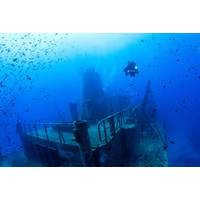
Shipwrecks Teem with Underwater Life, from Microbes to Sharks
typically made of metal or wood. When a vessel sinks, it adds foreign, artificial structure to the seafloor.For example, the World War II tanker E.M. Clark sank on a relatively flat, sandy seabed in 1942 when it was torpedoed by a German submarine. To this day, the intact metal wreck looms over the North Carolina seafloor like an underwater skyscraper, creating an island oasis in the sand.The creatures that reside on and around sunken ships are so diverse and abundant that scientists often colloquially call these sites “living shipwrecks.” Marine life ranging from microscopic critters to some
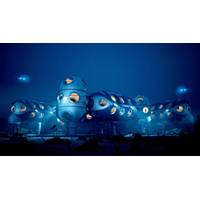
DEEP's #OccupyMare is about Persistent Human Presence Subsea
sea presence will drive the expansion of subsea research and exploration, preservation, and an improved understanding of our interconnection with our ocean,” says Dawn Kernagis PhD, NASA crew member for the NEEMO XXII undersea mission, Vice Chair for Neurosurgery Research at the University of North Carolina, Explorers Club Fellow, and first recipient of US Office of Naval Research Undersea Medicine Program's Predoctoral Award. Dr Kernagis' team currently conducts advanced research for a number of organizations, including the United States Department of Defense and NASA. Following
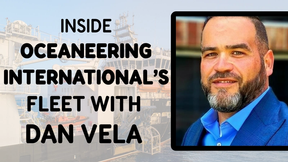
 August 2025
August 2025


